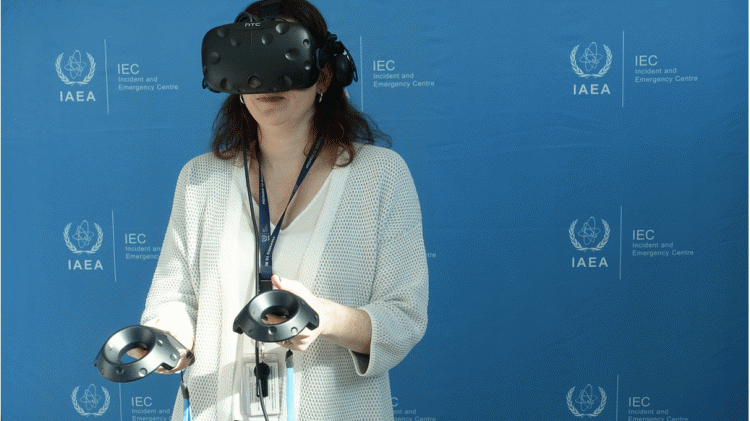Radioactive material is used in a variety of fields such as medicine, agriculture, scientific research and industrial production. For each sector to function efficiently, it requires regular transport of radioactive material. In fact, the transportation of such materials within and between countries across the globe is estimated to reach as many as 20 million shipments per year*, by air, road, rail, marine or inland waterways.
In 2015, the IAEA published the revised Safety Requirements for Preparedness and Response for a Nuclear or Radiological Emergency (GSR Part 7). To assist Member States in implementing these requirements, the IAEA is currently in the final stages of updating its Safety Guide on Preparedness and Response for an Emergency during the Transport of Radioactive Material.
62 emergency response and transport safety experts from regulatory bodies, national competent authorities and emergency management agencies attended an IAEA Technical Meeting from?16 to 20 October to review the draft Safety Guide. The participants, representing a total of 44 Member States and one international organization, shared their past experience for emergencies during transport of radioactive materials and other dangerous goods, their national arrangements, as basis to identify areas for improvement in the draft text of the Safety Guide.
“The meeting was an opportunity for participants to comment on or amend the draft text, but more than that, it gave each Member State an opportunity to bring their experts together to share information on how this Safety Guide will be used”, said the meeting’s Chairperson, Eric Vial. Mr Vial works as Deputy Director of Health in charge of Emergency Preparedness and Response Activities at the National Institute for Radiological Protection and Nuclear Safety, a French technical support organization. “During the meeting, many countries identified complexities with the implementation of technical and operational arrangements at the preparedness stage. This coming together of so many experts was a welcome step in the process for completing the development of this new Safety Guide”, Mr Vial added.
The revised Safety Guide will supersede its previous version from 2002, and set out guidance and recommendations which aim to achieve the highest levels of emergency preparedness and response for the transportation of radioactive material based in part on these past experiences and research. It will also support the implementation of IAEA Regulations for the Safe Transport of Radioactive Material, IAEA Safety Standards Series No. SSR-6.





